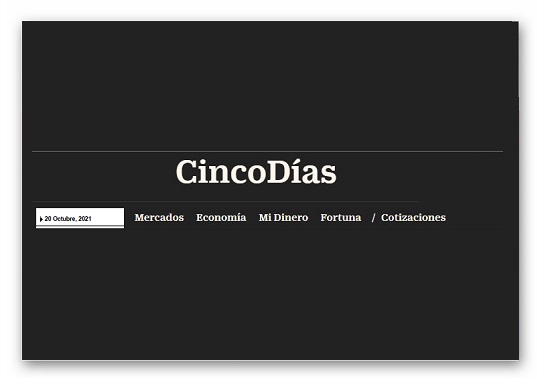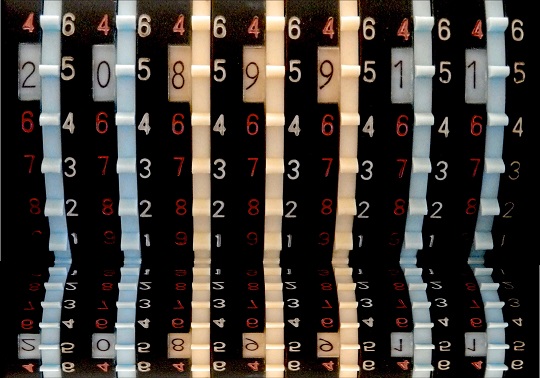
The General Intervention of the State Administration (IGAE), as a directing centre of public accounting, has launched different projects throughout the years with the objective of modernising the accounting of its entities. It emphasises the General Public Accounting Plan (PGCP) of 1981, of 1994, and finally the PGPC of 2010, which came into force on 1 January 2011.
6 september 2016
In his article “The New General Public Accounting Plan and the Regulations of Accounting Development Applicable to the Entities Included in the State Administrative Public Sector”, José Alberto Pérez, general auditor of the state, affirms that this PGCP answers to the intention of harmonising the criteria of public accounting in Spain. In line with the International Standards of Public Accounting (NICSP), in the PGCP’10 the quality and quantity of reports of financial statements have risen, according to Pérez.
By her part, Isabel Brusca, from the University of Zaragoza, analysis in her study “Public Accounting vs. Company Accounts: the Reform of Public Accounting Opposite to Company Accounts” the novelties of the last PGCP and the main differences between both entities. In the first place, she assures that, traditionally, the standardisation of public accounting in Spain “has taken has a reference the accounting regulations suitable to the business sector, adapting it to its peculiarities”.
Traditionally, the standardisation of public accounting in Spain “has taken has a reference the accounting regulations suitable to the business sector, adapting it to its peculiarities”
Consecutively, the author emphasises the conceptual framework as an important novelty of the PGCP’10 in relation to the one of 1994, which lacked of one. This is divided at the same time in six sections and has been inspired in the framework of the PGC, but also of the IASB (International Accounting Standards Board), of the AECA (Spanish Accounting and Business Administration) and of the NICSP (International Public Sector Accounting Standards Board). Nevertheless, it maintains its own differences, such as the explanation of accountability as an objective of the financial accounting information.
Within this framework, it is also interesting emphasising the PGCP’10 includes the financial statements of the companies, an additional representative statement of the execution and settlement of the entity’s budget, which is due to that one of the main concerns of the Administrations is the cost control, since they are financed through taxes, which they raise from citizens and companies.
In this sense, regarding the 4th point of the conceptual framework, according what Brusca says, apart from the traditional elements that integrate the economic and patrimonial financial statements, the PGCP adds those linked to the estate of cash flows and other specific of public accounting. Therefore, its most significant difference is in the definition of actives.
Its most significant difference is in the definition of actives
The PGCP defines them as “goods, rights and other resources economically controlled by an entity, result of prior processes, of which the entity will obtain in the future financial returns or a potential service.” Thus, different from the PGC, the PGCP also considers actives those elements that do not generate financial returns for the entity, but the collective.
In terms of the concept of passives and net worth, the PGCP follows the same guidelines as the PGC. In this sense, the same occurs with the conception of income and expenditure.
- Passives: existing obligations arising as a consequence of past events, whose extinction would probably reduce the resources.
- Net Worth: part of the entity’s actives once all their passives have been deducted. Nevertheless, there are important differences in what represents the heritage for each type of entity. For a company, heritage represents the resources of the owner, while for the Public Administration the concept of owner does not exist.
- Income and expenditure: differences the income and expenditures that compose the account of the economic result of those directly imputed to the heritage of the entity.
At the same time, the PGC and the PGCP have similar recognition criteria for these elements that form the patrimonial financial statements.
The last objective of the AAPP is not profitability but providing public services, as we already mentioned. Therefore, apart from the differences already explained, it is also noted that different from the PGC, the PGCP includes in its plan, in relation to the appraisal criteria, the possibility of applying the revaluation model, but only on those cases in which the book value is not representative of the real one and there are a significant market.
When applying the transfers and subsidies, the PGCP tries to limit typology of these operations that constitute an income, a passive or an asset contribution. Nevertheless, in the presentation of the annual accounts, the main difference is in the information of the budget rate that also affects the content of the memory, not only to the existence of the budget discharge.
Ultimately, the PGCP keeps the orientation that started three decades ago of approaching the public accounting regulations to the business one, such as the author states, but adjusting them to the existing particularities between both types of entities.
Published by: Verónica Cañizares Ramos











